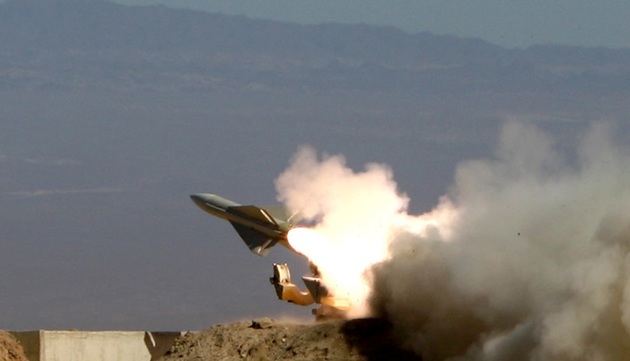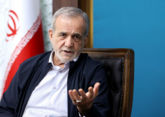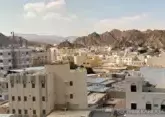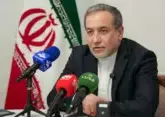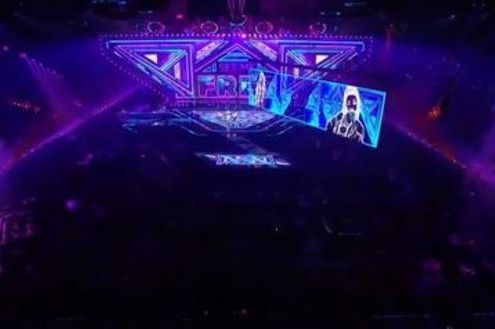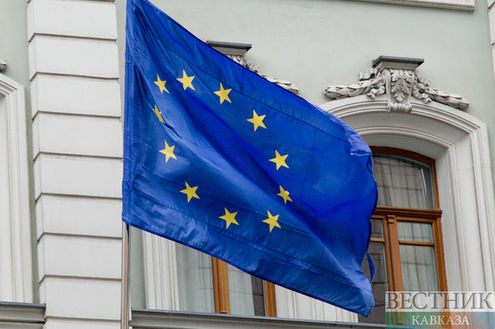Last weekend, the phrase ‘World War Three’ started trending on social media around the world. With attention in Australia understandably focussed intently on the deadly bushfires roaring through communities, you’d be forgiven for missing the events that started such an ominous hashtag. Much of what gets circulated on Twitter should probably be taken with a grain of salt. But that trending topic is definitely one to watch. So here’s a rundown of what is driving fears the US could be about to lead its allies into war with the Middle East. And some background on how we got to a situation where a sea of enraged Iranians is flooding the streets of Tehran in mourning while US President Donald Trump taps out Twitter posts threatening “disproportionate” violence.
The New Daily reports in its article Iran-US crisis: Why the killing of Qassem Soleimani triggered WWIII fears that whatever happens next, one thing’s almost certain: The assassination of a powerful military commander last Friday is not the end of the bloodshed. In the latest attack on January 3, a US drone fired a pair of missiles near Baghdad airport in Iraq that killed Iran’s Revolutionary Guard General Qassem Soleimani. General Soleimani was a big deal. He was the head of Iran’s elite Quds military force and was regarded as the second most powerful person in Iran, behind Supreme Leader Ayatollah Ali Khamenei. US President Donald Trump wanted him dead for killing American troops in Iraq. The US said it ordered the assassination to “stop a war”.
In a mass public funeral on Tuesday, millions of Iranians gathered in the capital Tehran to mourn the general’s death and demand revenge. Iran has since designated all US forces “terrorists” over the assassination and abandoned the remaining limits of its 2015 nuclear deal. Now, the nation is free to speed up its nuclear program, including its ability to build nuclear weapons. In a show of support for its neighbour, the Iraqi parliament has also voted to kick out US troops from the country which could allow Islamic State militants to seize power again. When news of the assassination broke on January 3, Mr Trump fired off a series of threatening tweets. He even singled out 52 sites of cultural significance in Iran he said the US military would specifically target to represent each American held hostage by Iran over the years.
Dr Bryce Wakefield, national executive director of the Australian Institute of International Affairs, conceded the situation was “serious” but dismissed as “hysterical” the suggestions we were entering World War III. “At the moment, Iran is not in possession of nuclear weapons,” Dr Wakefield told The New Daily. “Iran is smart and it will probably seek some form of retaliation but I don’t think we can expect that to be an overt military strike against the US – it wouldn’t be in their best interests to do so.” He said Iran would likely reach out to its allies in the Middle East and elsewhere to strike against US citizens, as well as figures in the US foreign policy or defence communities. "There’s a strong possibility of a terrorist attack,’’ he said. “Assassinating international figures was always going to lead to retaliation and anger in Iran.”
Dr Wakefield added: “Iran is not Iraq in 2003 – its people are relatively unified, its leadership is relatively competent and its military is stronger than Iraq’s was during the US invasion”. “The outrage that the general’s assassination has provoked in Iran will turn even more people against the United States and allow the Iranian government to take a much more hard-line path of foreign policy,” he said.
